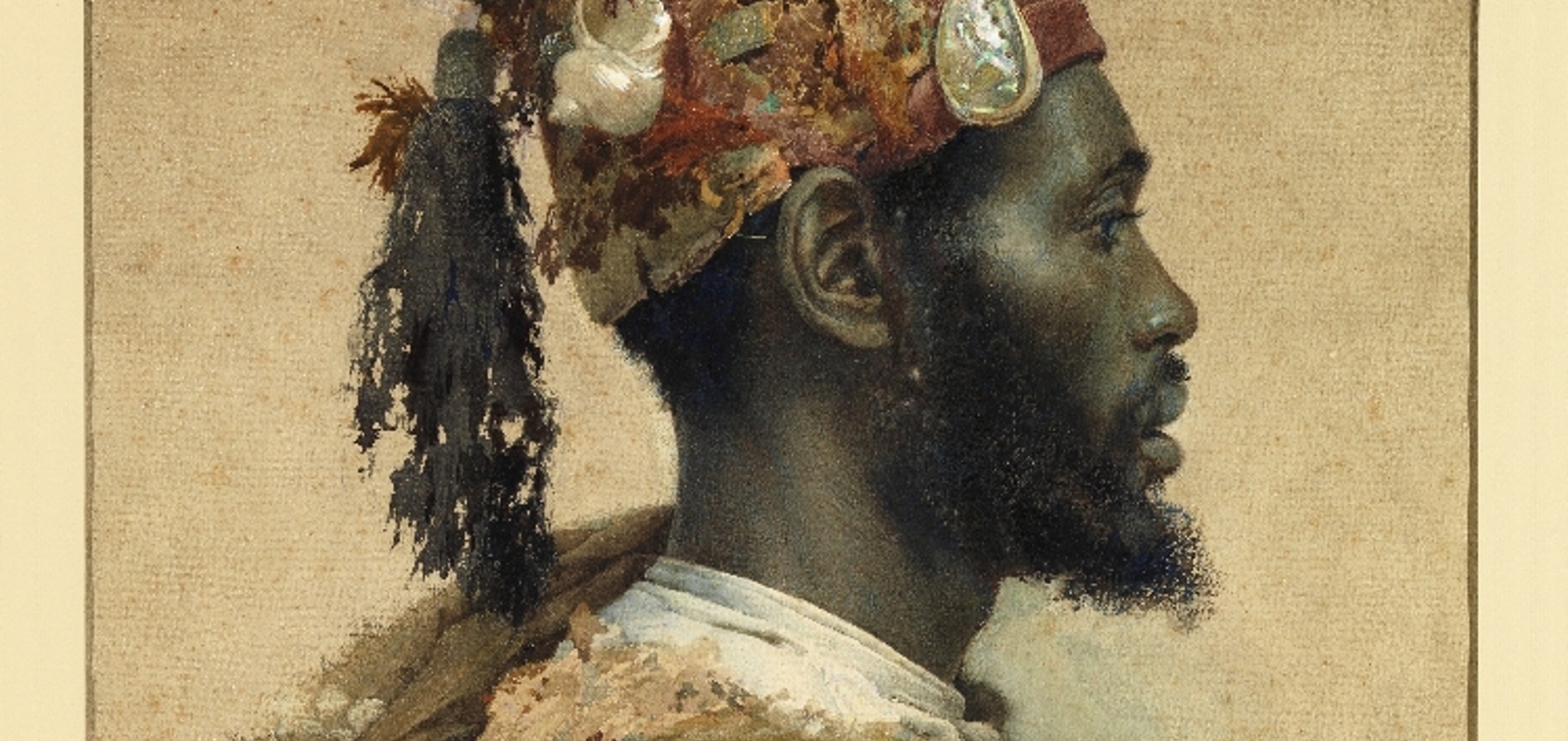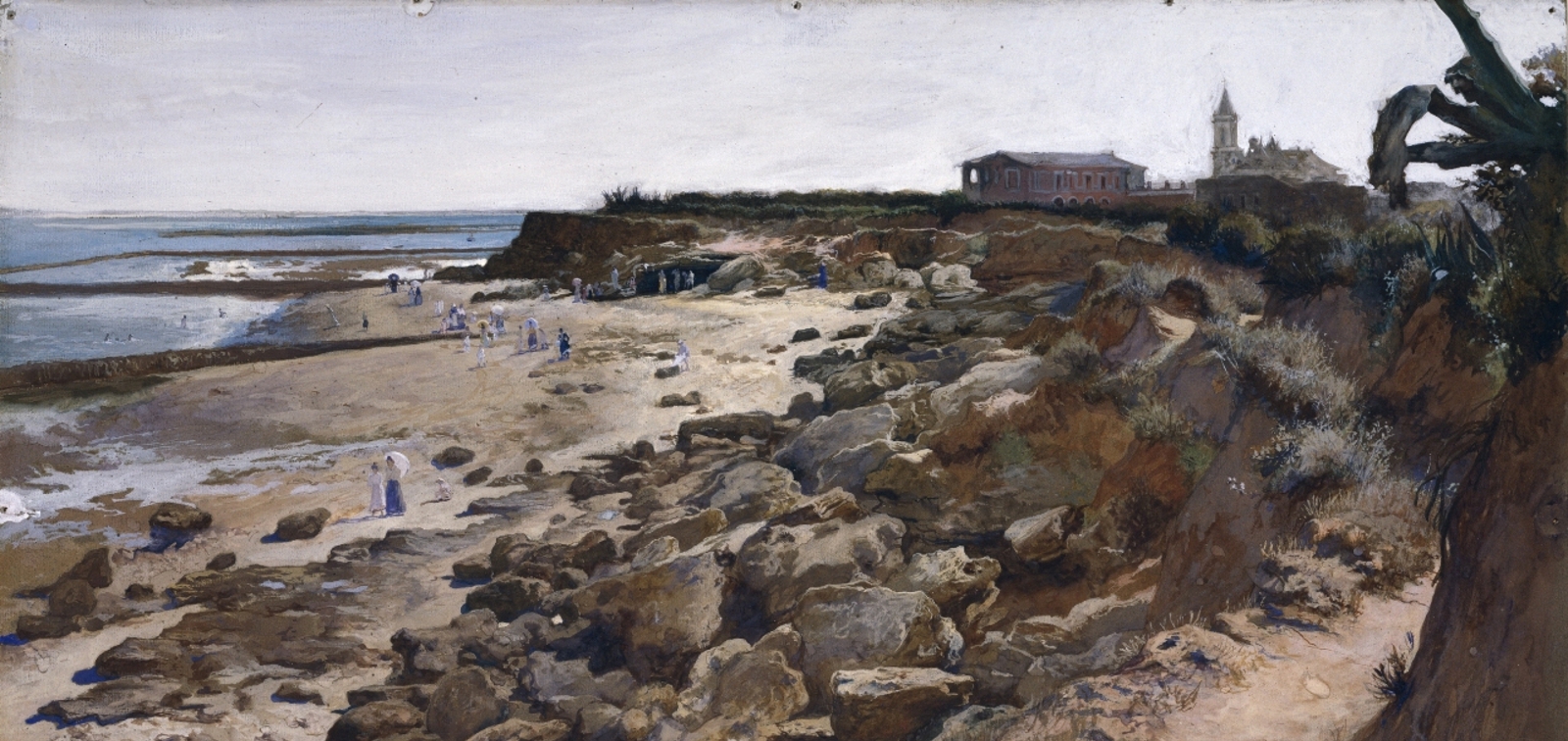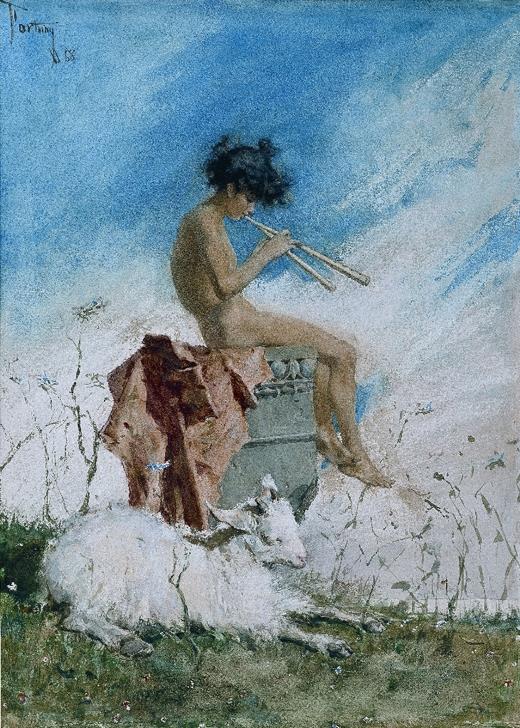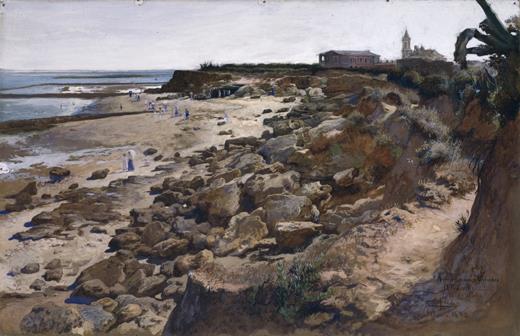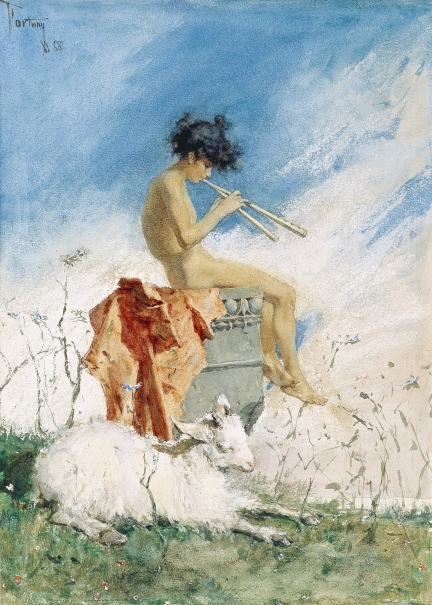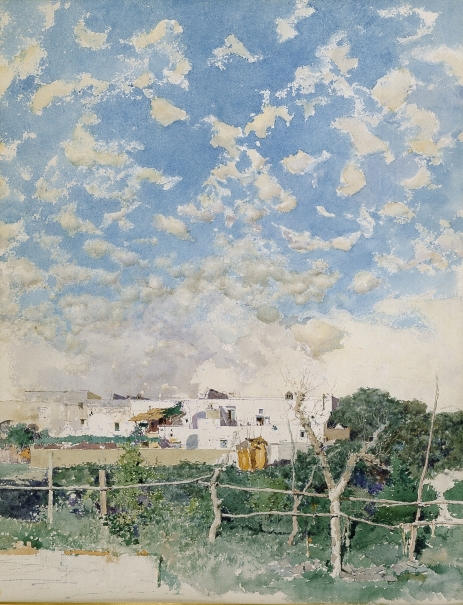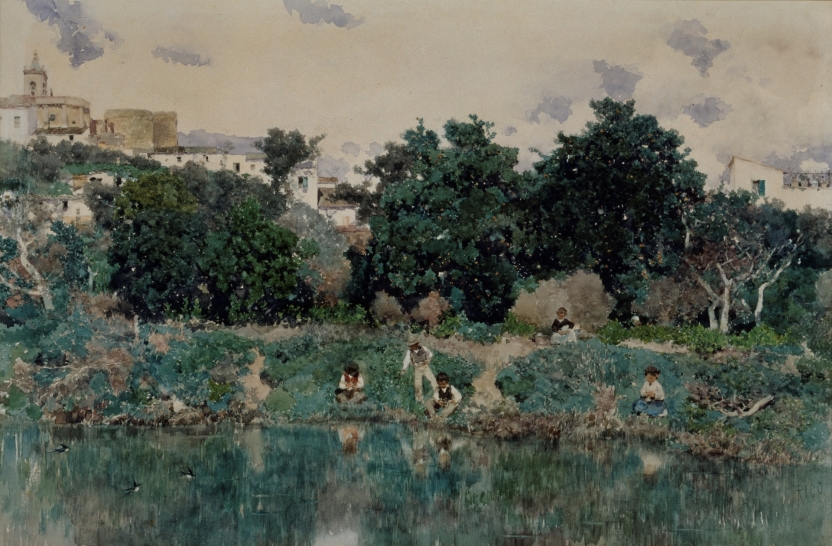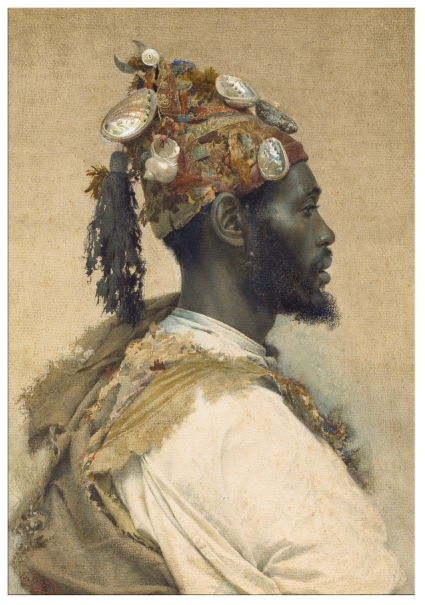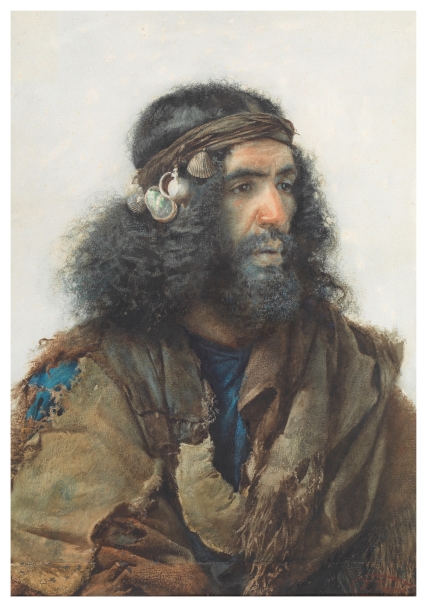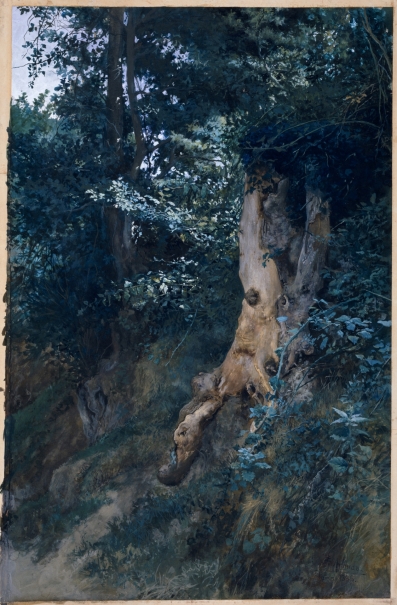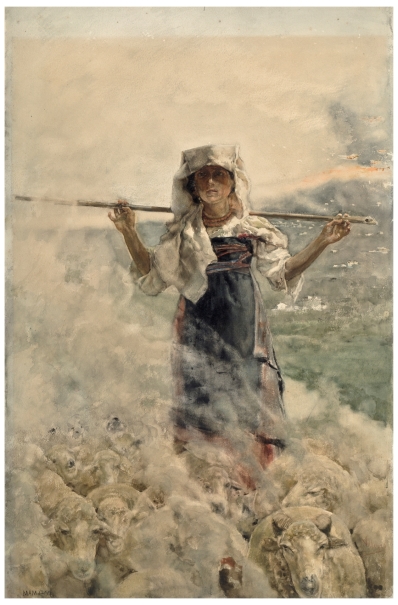After Fortuny’s premature death many of his Spanish pupils and followers continued to produce watercolours of a notably pictorial type, revealing themselves as the heirs of an artist who would continue to exercise a wide-ranging influence on Spanish art until the end of the century. Some of Fortuny’s closest friends, such as Martín Rico (1833-1908), learned the secrets of his technique from him and Rico would continue to produce exquisite landscapes and views for the rest of his career. In the last decades of the century the highly refined and virtuoso watercolour landscapes of another of Fortuny’s admirers, José Jiménez Aranda (1837-1903), would become one of the most fully developed expressions of naturalism within Spanish art. Another of the artist’s most devoted pupils, José Tapiró (1836-1913), continued to pursue his master’s interests through the depiction of Orientalist motifs, which he had discovered alongside Fortuny. Tapiró’s principal theme was North Africa, depicted in watercolours with an anthropological focus that links them to realism, in addition to a powerful aesthetic appeal. A later follower of the artist was Antonio Fabrés (1854-1936) who produced watercolours of a dazzling technical brilliance executed on large-format sheets of paper with a crisp, precise technique and a greater emphasis on narrative in comparison to Tapiró. An artist particularly alert to Fortuny’s innovations was José Villegas (1844-1921) who focused on popular types and customs from rural Spain, depicted in carefully-executed, large-format watercolours.
Another close follower of Fortuny’s most characteristic style was the painter Francisco Pradilla (1848-1921), who met him in Rome and who used Fortuny as his starting point for a fine, sumptuous type of handling that he would continue to use until well into the 20th century. The Museo del Prado possesses some of Fortuny’s most outstanding watercolours, almost all from the bequest of Ramón de Errazu (1840-1904). In addition, the Museum has a sizeable collection of watercolours, including works of great technical virtuosity, by some of his most talented pupils and followers, on subjects ranging from regional folk costumes and Orientalist figures to landscapes and urban views. Given the fragile nature of these watercolours, a selection of the finest examples from this appealing and unexpected group has now been placed on temporary display.


